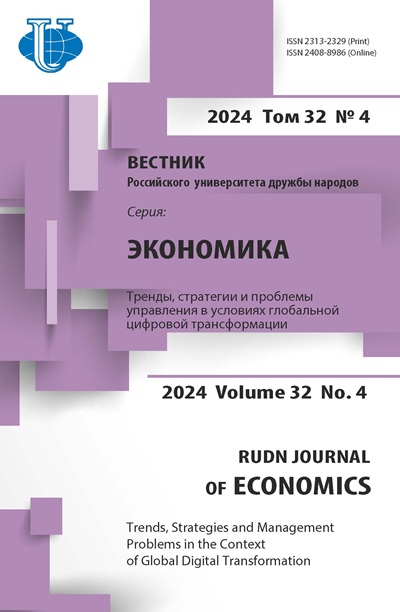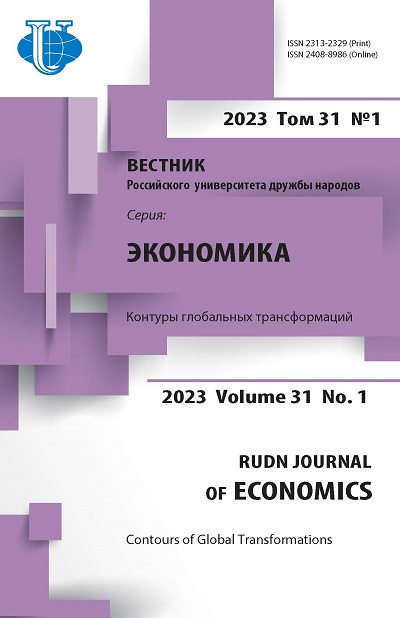Development of a methodology for assessing the investment attractiveness of regional economic entities of the electrotechnical cluster
- Authors: Mitrofanov E.P.1,2, Kulagina A.G.3, Antipova T.V.4, Solodova E.A.2
-
Affiliations:
- Moscow State University for the Humanities and Economics
- Russian University of Sport (SCOLIPE)
- Chuvash State University named after I.N. Ulyanov
- Moscow Aviation Institute (National Research University)
- Issue: Vol 31, No 1 (2023): CONTOURS OF GLOBAL TRANSFORMATIONS
- Pages: 134-145
- Section: REGIONAL ECONOMY
- URL: https://journals.rudn.ru/economics/article/view/34248
- DOI: https://doi.org/10.22363/2313-2329-2023-31-1-134-145
- EDN: https://elibrary.ru/QUFEIC
Cite item
















